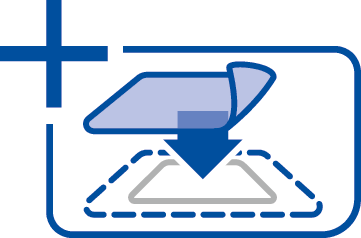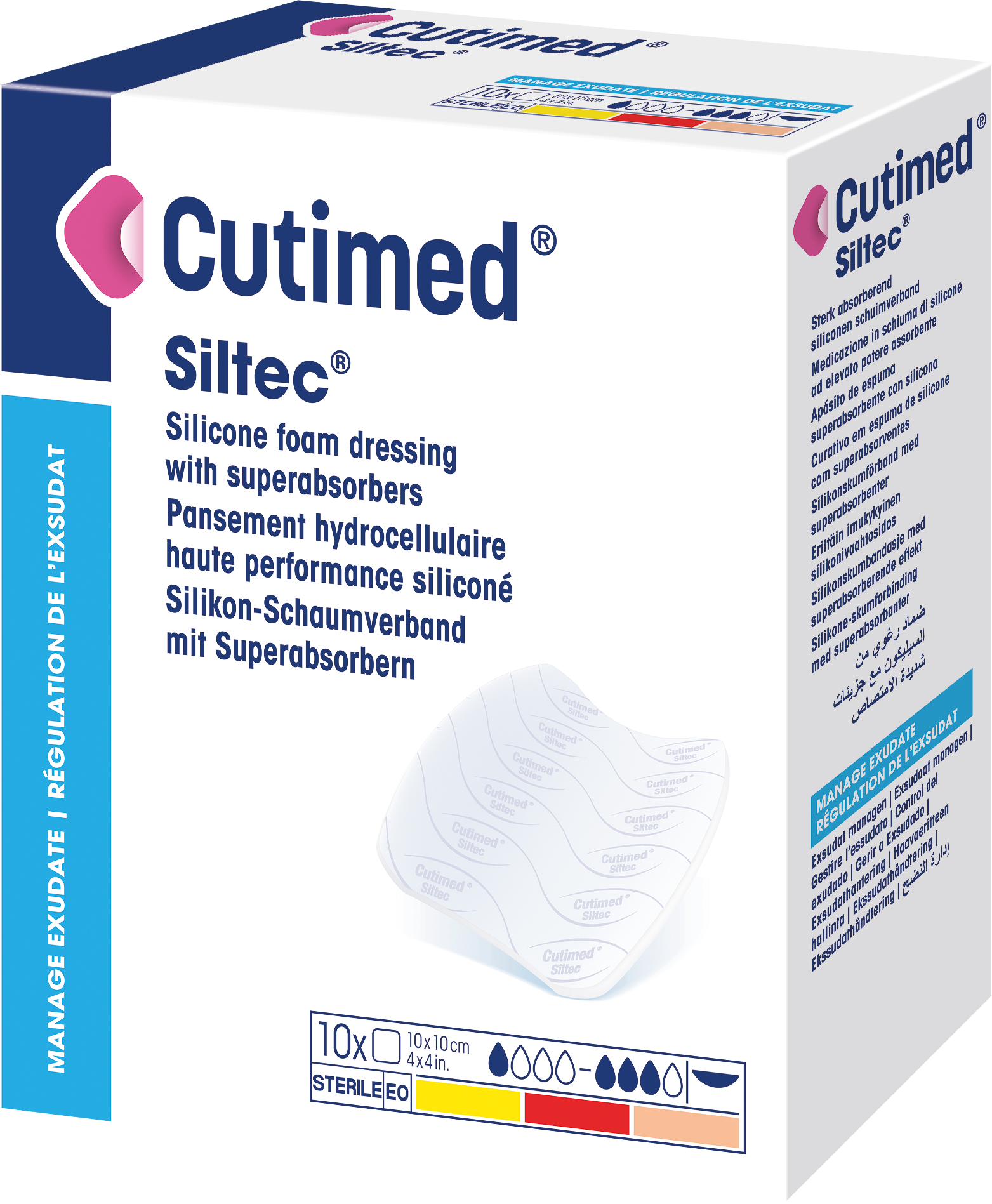is a sterile, collagen alginate dressing consisting of 90% native bovine collagen and 10% calcium alginate. The collagen fibers utilize an open-pore 3D Matrix™ Technology with a unique similarity to human dermis. This structure acts as a scaffold that boosts wound healing for wounds that have stalled or have not progressed towards a healing goal.
- Stimulates tissue growth
- Promotes wound healing
- Easy application












